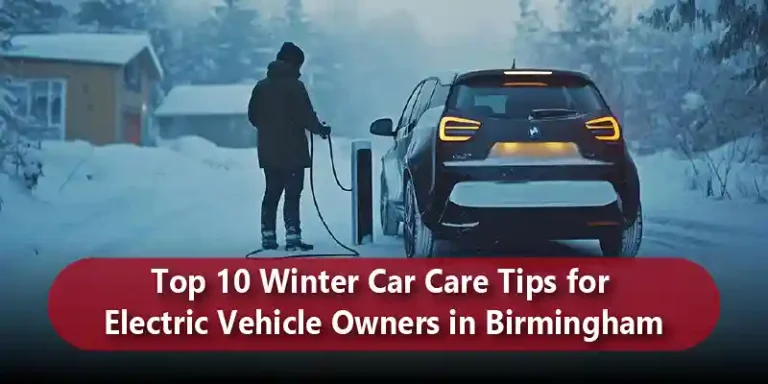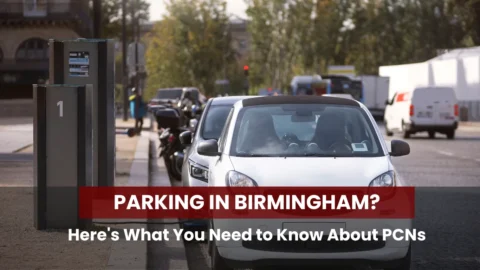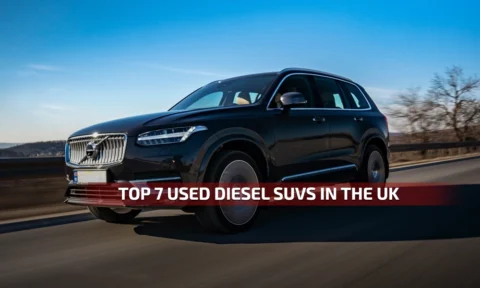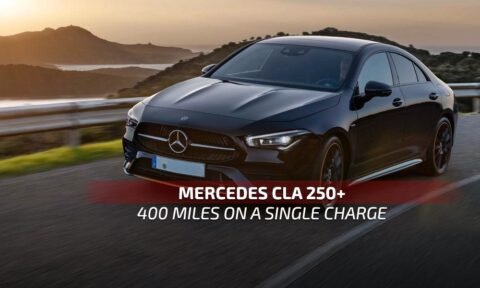As the chill of winter truly descends on the UK, electric vehicles Birmingham owners might find themselves wondering how the cold snap will impact their zero-emission driving experience. It’s a common concern: the lower the temperature, the greater the demand on your EV’s battery to power both the drive and the crucial cabin heating.
But don’t fret! With a few smart, proactive adjustments, you can ensure your EV performs efficiently and reliably all winter long. Forget the myths about EVs struggling in the cold; modern electric car maintenance winter practices are simple and effective.
Here is your understanding guide to winter car care Birmingham, focusing on the best practices to keep your electric car happy and your range maximised.
1. Embrace Pre-Conditioning: The Ultimate Battery & Cabin Boost
This is, hands down, the most important EV winter tips UK can offer. Your EV’s battery operates most efficiently within an optimal temperature range (typically around 20–25°C). In freezing conditions, a cold battery spends valuable energy just trying to warm itself up.
- The Hack: Use your car’s app or scheduled departure timer to precondition the cabin and the battery while the car is still plugged into the charger.
- Why it works: By drawing power directly from the mains, Birmingham EV charging stations or your home charger, you avoid using your valuable stored battery energy to heat up. This is key to how to protect EV battery winter.
2. Manage Your Charge for Optimal Health
Contrary to old habits, you don’t always need to charge to 100%. Maintaining a healthy charge level is part of good EV battery care in winter.
- The Range Buffer: Keep your battery state-of-charge between 20% and 80% for daily driving. This is the sweet spot for battery longevity.
- The Cold Rule: In cold weather, never let your charge drop below 20-30%, especially overnight. Your car’s battery management system will reserve a percentage of charge to keep the battery warm, and you don’t want to run out of that buffer.
- The Post-Drive Charge: If you are charging at home, plug in soon after you arrive while the battery is still warm from your journey. A warmer battery is more receptive to charging, reducing charging time.
3. Be Smart with the Heat
The biggest energy drain in an EV in winter is often the cabin heater, which uses resistance heating to warm the air.
- Prioritise Localised Heat: Use the heated steering wheel and heated seats first. Heating the occupants directly is far more energy efficient than heating the large volume of air in the cabin.
- Pre-Heat While Plugged In: As mentioned in Tip 1, pre-heating the cabin while plugged in is vital. Once you are driving, you can often keep the main heater on a lower, steady setting.
4. Adjust Your Driving Style to Conserve Range
Cold-weather EV driving tips often boil down to one thing: driving smoother. Aggressive acceleration and harsh braking demand a lot from the battery.
- Smooth Acceleration: Be gentle on the accelerator. Your instant torque is great, but in icy conditions and for conserving energy, a gradual build-up of speed is best.
- Utilise Eco Mode: Most EVs have an “Eco” or “Efficiency” mode. This setting dampens throttle response and optimises climate control to reduce power consumption, stretching your range, a crucial factor for electric car performance in cold weather.
- Slow Down on Motorways: Even a small reduction in motorway speed can significantly improve your efficiency, as less energy is needed to overcome wind resistance.
5. Monitor and Maintain Tyre Pressure
This is essential electric car maintenance winter for all vehicles, but especially for heavier EVs. Cold temperatures cause the air in your tyres to contract, leading to a drop in pressure.
- Check Frequently: Under-inflated tyres increase rolling resistance, which forces your battery to work harder and reduces your range. Check your tyre pressure weekly and inflate to the manufacturer’s recommended level.
- Consider Winter Tyres: If you frequently drive in rural or hilly areas around Birmingham that see more snow or ice, consider switching to winter tyres, which are designed for better grip in temperatures below 7°C. They offer vastly improved stability and traction, making for safer winter driving tips UK EV.
6. Master Regenerative Braking on Slippery Surfaces
Regenerative braking is a fantastic feature of EVs, converting kinetic energy back into battery power when slowing down. However, it requires a careful hand in winter.
- Be Mindful of Grip: On icy or very wet roads, aggressive regenerative braking can cause the wheels to lose traction, leading to a skid or loss of control.
- Adjust Regen Levels: If your EV allows, consider slightly reducing the regeneration level in slippery conditions. Rely more on traditional friction braking to slow down smoothly and safely.
7. Keep Your Charging Port and Cable Clean
The weather in Birmingham can often be a mix of rain, sleet, and road salt. It’s vital to keep your charging equipment in top shape.
- Wipe Down: Before and after charging, quickly check that the charging port and the connector plug are clean and dry. Salt and moisture can affect the connection.
- Protect the Cable: Avoid leaving your cable lying in slush or puddles. Make sure the charging port flap seals properly when you’re not using it to prevent moisture and debris ingress.
8. Find Reliable Birmingham EV Charging Stations
Planning your charging stops is even more critical in winter due to the slightly reduced range caused by the cold. Knowing where reliable and rapid Birmingham EV charging stations are located is essential for longer journeys.
- Use Apps: Use apps like Zap-Map or your vehicle’s in-built navigation to check the live status of chargers. You don’t want to arrive at an out-of-order charger with a cold battery and low range.
- Park Smartly: If you can, choose charging stations in covered car parks, as this offers a slightly warmer environment, which is better for charging efficiency.
9. Keep the Lights Clear and the Fluids Topped Up
While EVs don’t have engine oil, they still require attention to other critical fluids and visibility elements, which form part of your essential winter car care Birmingham.
- Screen Wash: Ensure your windscreen washer fluid is topped up and contains a good anti-freeze agent. Winter grime thrown up by other cars can drastically reduce visibility.
- Wiper Blades: Replace old, perished wiper blades that smear. Clear visibility is non-negotiable in dark, wet, and frosty winter driving tips UK EV conditions.
- Lights: Keep all your lights free of ice, dirt, and snow to ensure you are seen by other drivers.
Frequently Asked Questions
Electric car performance in cold weather can see a range reduction of around 10% to 30%, depending on the temperature and your reliance on the cabin heater. Pre-conditioning the battery while plugged in is the best way to minimise this loss.
Yes, it is safe. Your EV’s Battery Management System (BMS) is designed to protect the battery. If the battery is too cold, the BMS will simply reduce the charging speed to prevent damage. Preconditioning the battery before arriving at Birmingham EV charging stations can help ensure faster charging speeds.
3. Should I change my driving route in winter?
When following cold-weather EV driving tips, it’s wise to stick to primary, gritted roads where possible. Also, plan your route to incorporate reliable Birmingham EV charging stations to account for any slight reduction in range.
Yes. Parking indoors helps keep the battery warmer, meaning less energy is required for internal battery heating as part of how to protect EV battery winter. Even a few degrees warmer can improve your range on start-up.
Pre-conditioning while plugged in is the single most effective action. It heats both the cabin and the battery using cheaper grid energy, not your stored battery range.
If you need any more specific hacks or car tips, join the conversation at Ask about cars!







